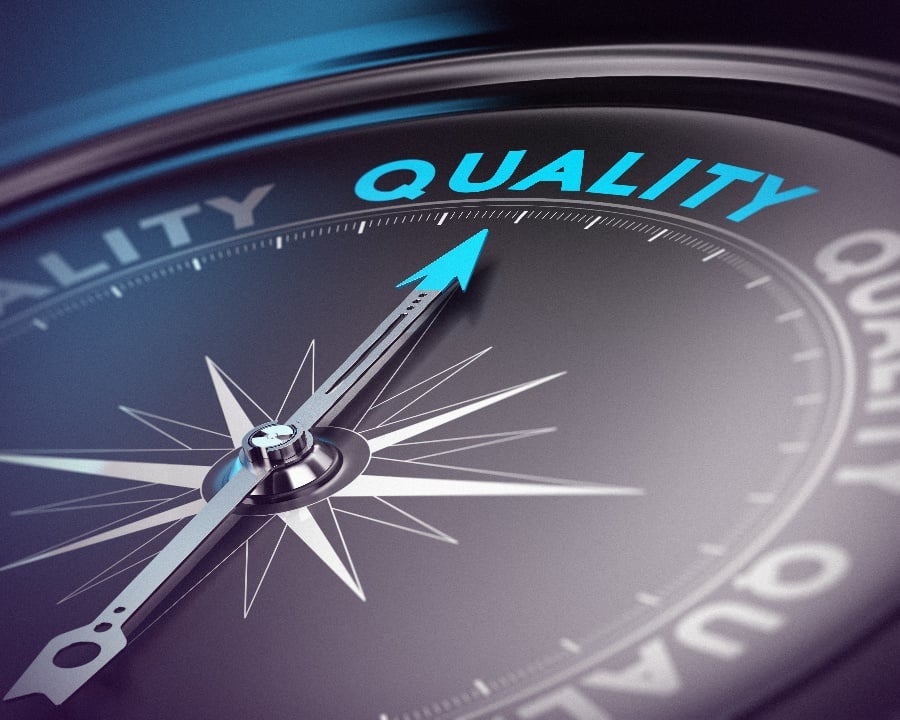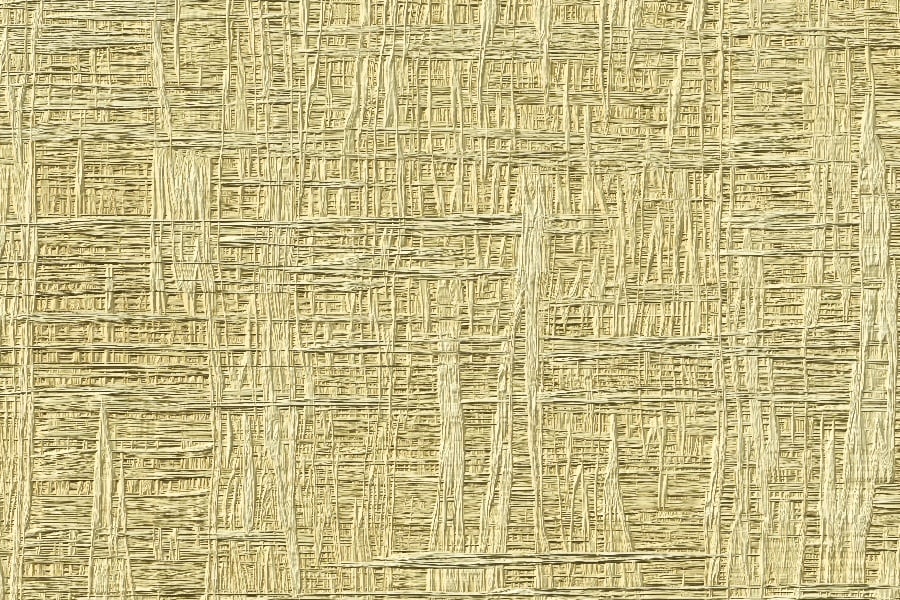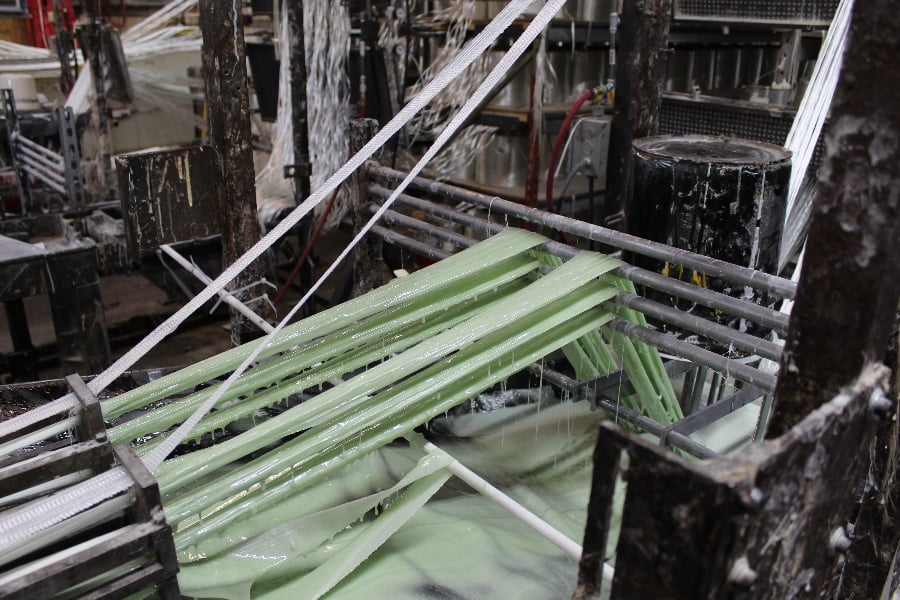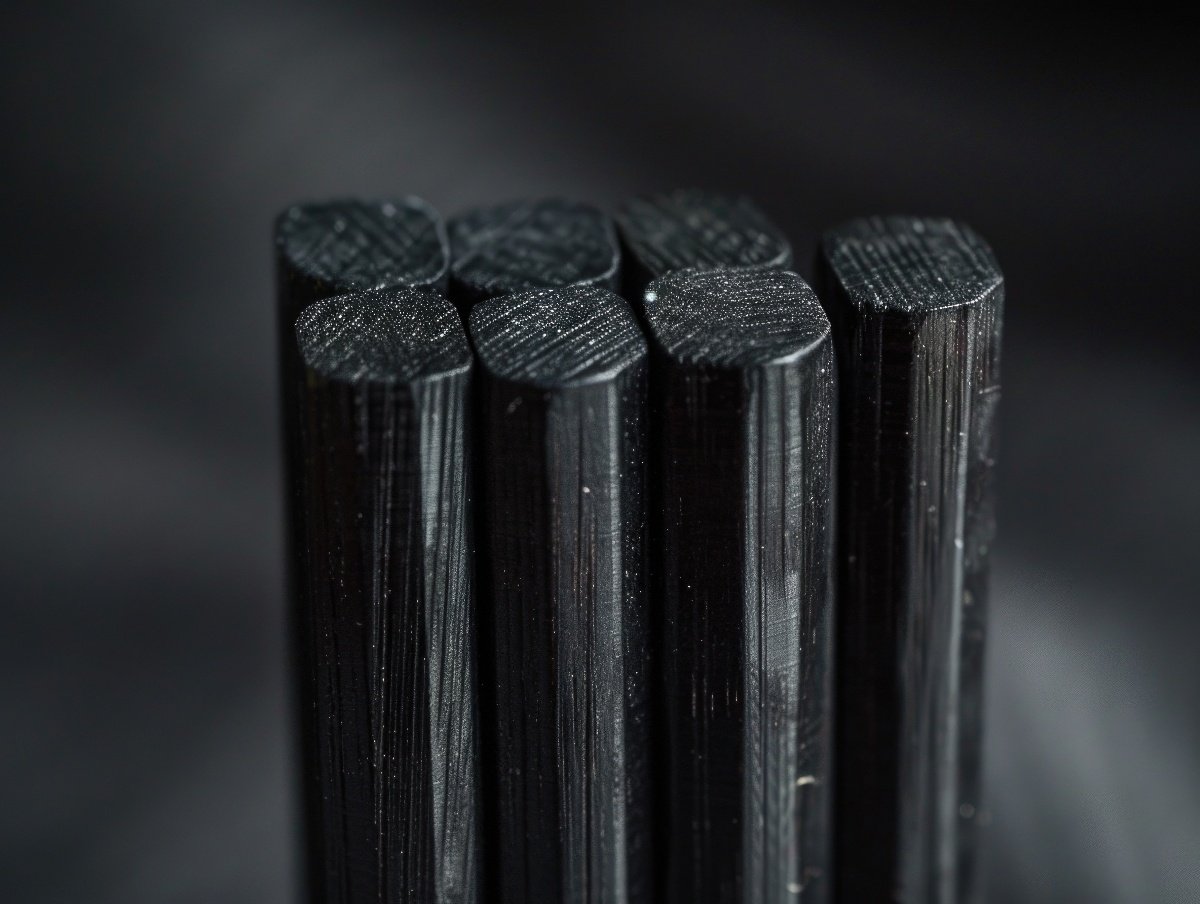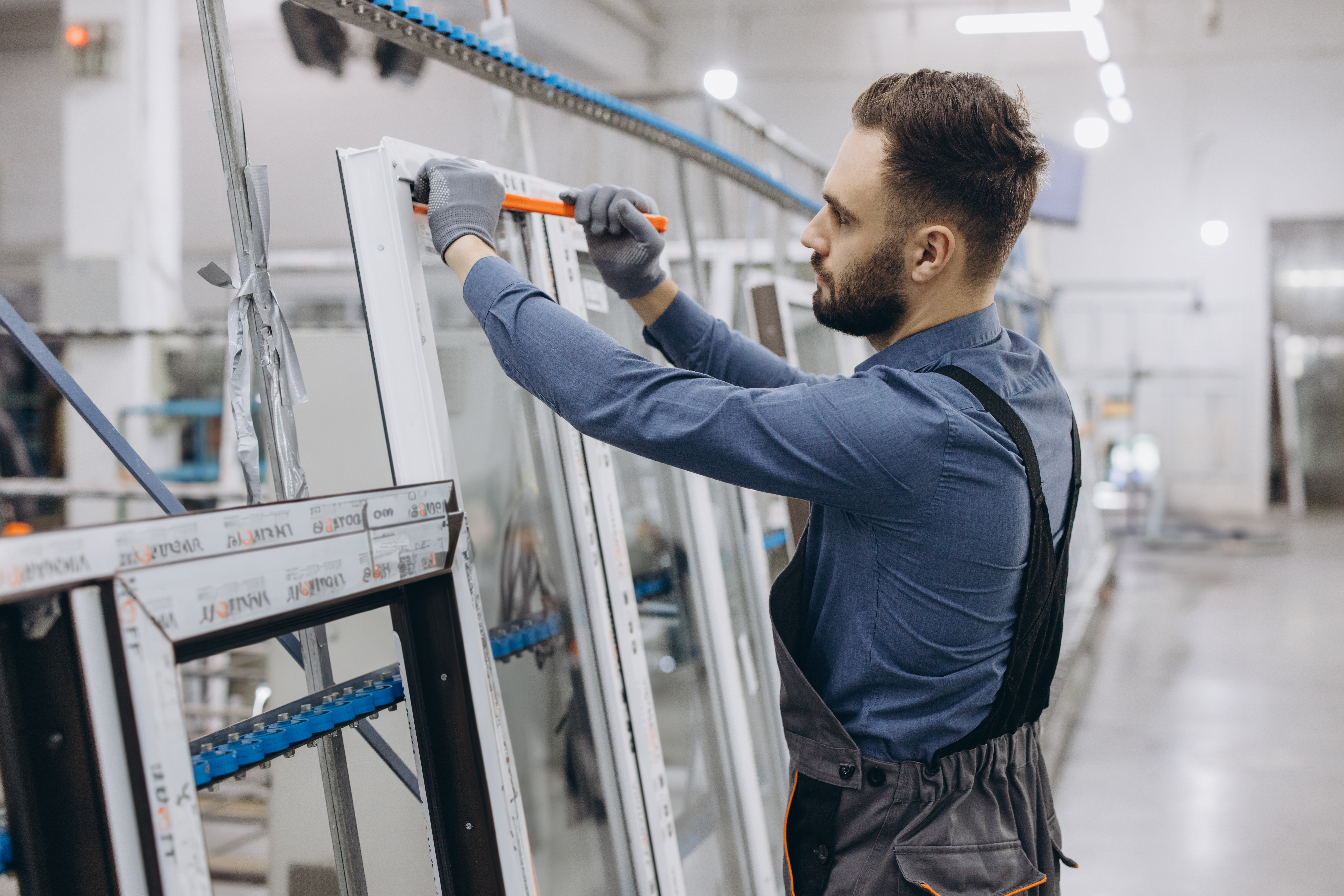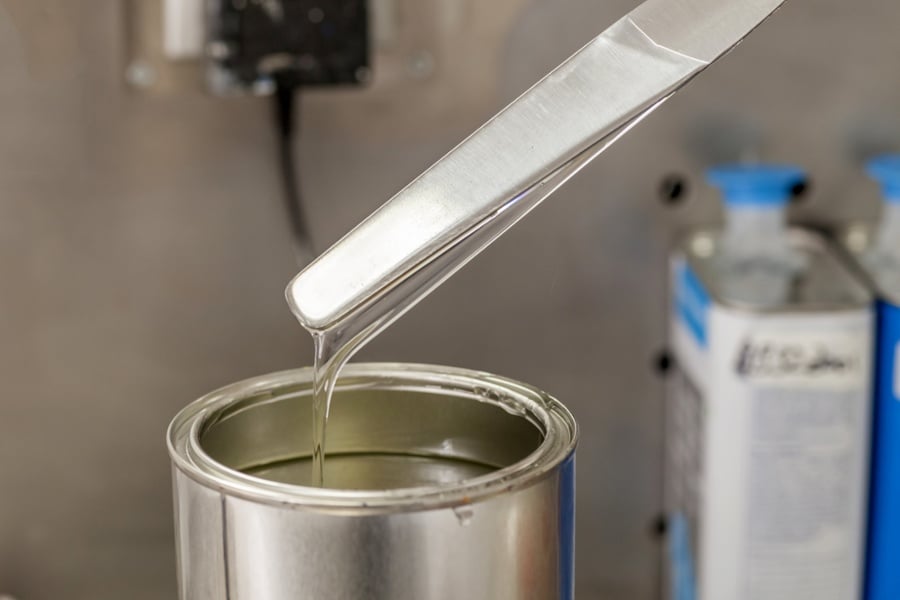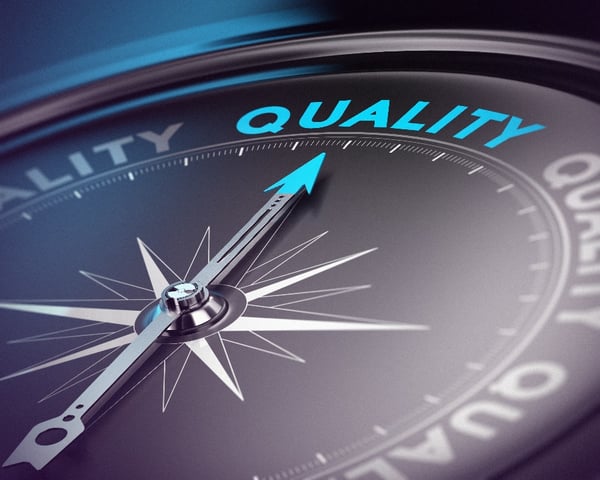
Within the scope of your project, there are few things worse than ordering a product and then receiving something that is of such poor manufacturing quality that it cannot be used.
When manufacturing quality is poor, you’ve either got to go with it and hope for the best (which will eventually lead to replacements and/or safety issues) or you’re going to spend more time and money finding new manufacturers and paying for the products all over again.
No business needs this hassle. There’s no reason to go over budget because of something as easily prevented as manufacturing flaws and inconsistencies. Thankfully, there’s no need to make that mistake.
So what’s the best way to bypass these issues? Choose a manufacturing process that provides consistent, reliable results every time. This is where pultrusion comes in.
Why is manufacturing quality important?
Manufacturing quality is vitally important for keeping project costs low, but it also plays a key part in customer retention, trust, and the safety of those using the end-products.
Manufacturing quality and quality assurance is something every project manager knows to look for, but for those unsure why manufacturing quality is important, here’s a quick rundown.
As mentioned above, low quality means a higher cost in the long run. Choosing a low-cost, low-quality manufacturing process might seem like the best option initially, but any money saved in the beginning will be more than made up for as the project continues.
With consumer trust, inconsistent quality can leave customers feeling ripped-off. Poor manufacturing quality means there’s a higher chance the products will degrade unnecessarily, break easily, and require unexpected replacement.
With consumer products, this is a sure-fire way to lose customer trust and lost repeated purchases.
In addition, consistency in product quality inspires brand loyalty which means that satisfied customers may even recommend your products which will enable your customer base to grow.
Last but definitely not least, the most important reason to look into manufacturing quality is safety. In large-scale production for applications like aerospace, transport, and construction, safety is of extreme importance.
When manufacturing quality is compromised, so are the safety characteristics and performance properties of the product.
This has obvious implications across a range of industries such as transportation, infrastructure, and construction—This includes airplane parts, structural rebars and angles like those used in bridges, and window reinforcements require extremely high-quality products for safety and performance.
It’s time to look into the process of manufacturing FRPs and how they’re redefining manufacturing quality.
What is pultrusion?
Pultrusion is the process of reinforcing fibers with a range of polymers to create products that have exceptional performance properties, come in a range of shapes and colors, and cost far less to manufacture than traditional methods.
During the pultrusion process, fiber rovings (glass, aramid, carbon, etc) are pulled through a resin bath.
These rovings are then impregnated with resin, which is cast and cured to the specified shape. This leaves a product that is consistent, high performing, and extremely robust.
If you would like to learn more about FRP manufacturing, read our blog for an in-depth look into the pultrusion process.
How is pultrusion redefining manufacturing quality?
There are many ways to achieve a consistent product. The manufacturing process plays a huge part in this.
Traditional materials, as opposed to FRPs, generally have more room for error in the production stage.
Whether that be human error or more variables within the material properties themselves, it’s clear that FRPs are the obvious choice when looking for a material that has a consistently high manufacturing quality.
As pultrusion is an automated process, there is very little room for human error. Because of this, the end-products are uniform, high quality, and aren’t subject to the variables that come with human interaction.
Of course, there is always a balance when it comes to automation vs. human interaction in the manufacturing process.
However, there’s no denying that in the high-performance applications that FRPs are subject to (aerospace, defense, and transportation to name a few), automation is necessary to ensure a uniform product that is without flaws.
Another aspect of pultrusion that makes FRPs an ideal choice for manufacturing quality is their low cost. Because it costs far less to manufacture products using a pultrusion system, projects operating with strict budgets can have extremely quality products without having to pay extra for the privilege.
Not only does the high quality, durable nature of pultruded FRPs easily meet high standards of manufacturing quality, the low production costs mean there’s more in the budget to spend on other necessities.
This is something of vital importance on all projects, whether it’s a small test run or a huge project.
For example, a key area of growth for pultrusion manufacturing comes from infrastructure.
Steel rebar corrosion is responsible for massive asset management costs, requiring millions of dollars to be spent over a structure’s lifespan to remedy issues with reinforced concrete infrastructure. In the US, over 54,000 out of 615,000 bridges are considered structurally deficient.
Steel rebar is a $200 million global market. Detailed research has shown that glass fiber reinforced plastic (GRP) rebar has the potential to maintain its microstructural integrity and mechanical properties for longer than 15 years.
This can provide significant improvements in durability, reductions in life cycle cost reduction and enhanced long term performance for infrastructure owners.
To summarize, there’s no denying that manufacturing quality is extremely important in a range of projects.
For projects that manufacture consumer products like sporting equipment and consumer electronics, customer experience is directly impacted when supplying high-performance, quality products. Quality products increase brand loyalty and trust, and encourage repeat customers, making FRPs a great option.
In projects where manufactured products have high-performance requirements, manufacturing quality is also of key importance.
Due to their intrinsic material properties and their automated manufacturing process, pultruded FRPs make for safe and consistent products. They’re also far cheaper to produce than traditional materials so they’re an obvious choice for large-scale projects.
There’s no reason why your project should have issues with quality control, so it’s important to choose a manufacturing method and company that is reliable and consistent.
It’ll save the unnecessary hassle and expense of re-ordering parts, refunding customers, and eliminate the risk of structural instability derived from poor quality manufacturing.
The best way to bypass these issues is by choosing a manufacturing process that provides consistent, reliable results every time: something that Tencom prides itself on.

